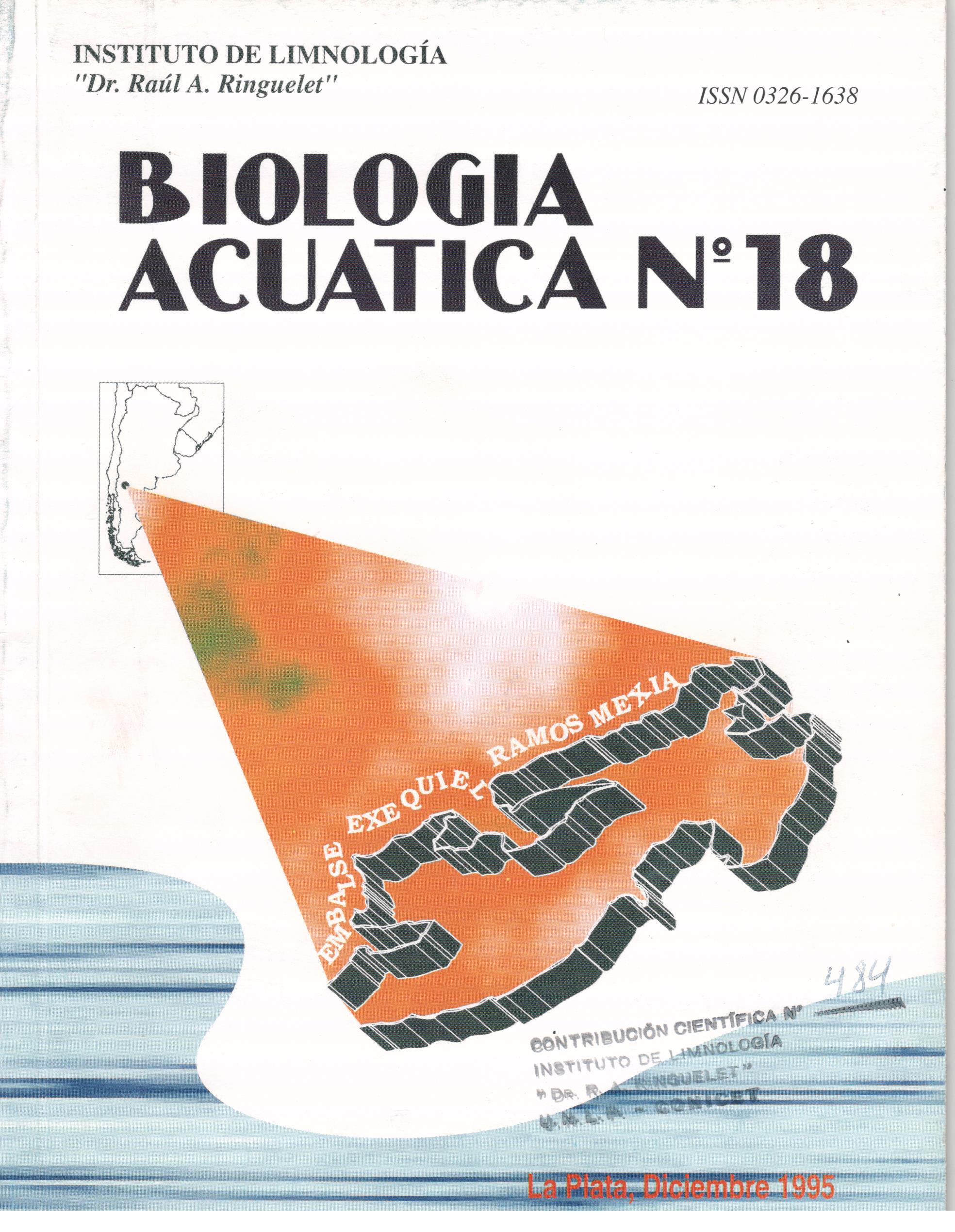Medición de la producción bacteriana en un embalse patagónico. Importancia de las bacterias libres y adheridas
Keywords:
free-living bacteria, attached bacteria, bacterial production, reservoirs, ArgentinaAbstract
One of the roles of bacteria in aquatic environments is that of intermediaries between primary producers and consumers. As such, they recycle dissolved organic matter and transform it into particled organic matter, in the process of bacterial secondary production. The aim of this study is to assess the incidence of free-living and of attached bacteria on total bacterial production of the Exequiel Ramos Mexia reservoir. In the experiments (methyl--3H)thymidine was used as a precursor of genetic material. The samples were inoculated, incubated, and filtered through nets and filters of different pore-sizes. DNA was extracted from the various fractions obtained. The results show that an important fraction of bacterial production was due to bacteria that passed through the smallest pore-size filters used (<5 μm).





















